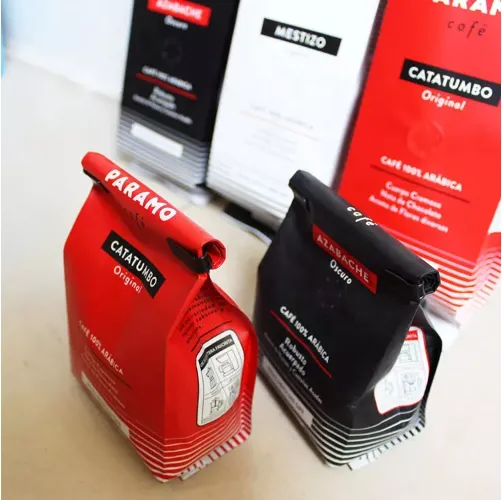Comparing Offset and Digital Printing Techniques for Your Business Needs
Offset Printing vs. Digital Printing A Comprehensive Comparison
In the world of modern printing, businesses and individuals often face the dilemma of choosing between offset printing and digital printing. Each method has its own set of advantages and disadvantages, making it crucial to understand the differences before committing to a specific printing process. This article delves into the fundamental aspects of both offset and digital printing, highlighting their pros and cons to help you make an informed decision.
Understanding the Printing Methods
Offset Printing Offset printing is a traditional process that involves transferring an inked image from a plate to a rubber blanket, and then onto the printing surface. This method is commonly used for high-volume print jobs, such as magazines, books, brochures, and newspaper printing. The process typically requires more setup time and cost upfront due to the creation of printing plates, which can make it less economical for smaller print runs.
Digital Printing In contrast, digital printing delivers images directly from a digital file to the printing substrate. This technique includes laser and inkjet printing, making it versatile and flexible. Digital printing is favored for short runs and personalized printing jobs, as it allows for quick turnaround times without the need for printing plates.
Key Comparisons
1. Cost Efficiency One of the significant differences lies in cost structure. Offset printing generally becomes cost-effective for larger print runs, usually starting around 500 to 1000 copies. The cost of setting up printing plates can be offset by the lower cost per unit when producing larger quantities. Conversely, digital printing shines for smaller jobs, where the absence of setup costs means that printing just a few copies can be done economically.
offset printing vs digital printing

2. Quality Quality is another factor where these two printing methods diverge. Offset printing is renowned for its superior image quality, producing sharper images and more consistent color across large runs. It can handle a wide range of paper types and weights, which is advantageous for high-quality commercial applications. Digital printing has improved significantly over the years and offers excellent quality for most applications, although it may not quite match the detail or finish of offset prints, especially for high-resolution images.
3. Turnaround Time When it comes to speed and turnaround, digital printing takes the lead. It allows for quick production schedules, often completing a job within a day. This is ideal for businesses that require immediate signage, marketing materials, or last-minute projects. Offset printing, while capable of high-volume output, typically requires more time for setup, plate creation, and drying, which can delay delivery.
4. Versatility and Customization Digital printing excels in customization and adaptability. Since it operates on a digital platform, it enables easy adjustments, including variable data printing, which is critical for personalized marketing campaigns. For instance, each postcard can contain different names and addresses without slowing down the production process. Offset printing, however, is less flexible once the plates are created, making last-minute changes arduous and costly.
5. Environmental Impact Another consideration is the environmental impact of shipping materials and usage of resources. Digital printing often generates less waste since it avoids the creation of printing plates and can print on-demand, thereby reducing excess inventory. On the other hand, offset printing can consume more resources due to its longer setup and production processes, although advancements in eco-friendly inks and materials have been made.
Conclusion
Choosing between offset and digital printing ultimately depends on your specific needs. If your project involves large quantities and requires the highest quality finish, offset printing may be the ideal choice. However, for short runs, fast turnaround times, and customization, digital printing provides a compelling alternative.
In the end, understanding the nuances between these printing methods allows businesses and individuals to make decisions that align with their budget, timeline, and quality expectations. Whether opting for the traditional approach of offset printing or the modern flexibility of digital printing, both have roles in the diverse landscape of printing solutions today.













